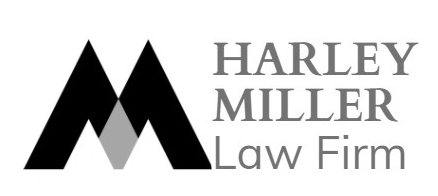Every business has trade secrets. Some businesses are acutely aware of the importance of trade secrets and have established strict policies to ensure the protection of their trade secrets against potential disclosure that could harm the company. Some businesses are realizing the significance of trade secrets as competitors attempt to gain access to customer lists, research findings, marketing plans, or hire employees to exploit their technical know-how. And companies are recognizing that they have valuable assets that need protection.
In the broadest sense, any business information that provides a competitive advantage can be considered a trade secret. Unauthorized use of such information by others outside the owner is viewed as unfair and constitutes trade secret misappropriation. Depending on the legal system, trade secret protection is part of the general framework for protecting against unfair competition or is based on specific regulations or case law regarding the protection of confidential information. While the ultimate determination of what constitutes a trade secret depends on the circumstances of each specific case, it is clear that unfair competition involving trade secrets includes industrial and commercial espionage, breach of contract, and violation of confidentiality.
Generally, trade secrets involve some costs in their development and are not common knowledge in the industry. Even negative information, such as research methods that did not yield any value, can be a trade secret. Below is a list of objects that may be considered trade secrets:
- Processes, techniques, and technical know-how in production.
- Data collections, examples, customer lists.
- Designs, drawings, plans, and maps.
- Algorithms, procedures executed in computer programs, and the computer programs themselves.
- Formulas for product manufacturing.
- Business strategies, business plans, export plans, marketing plans.
- Financial information.
- Personnel profiles.
- Instructional documents.
- Raw materials.
- Information about research and development activities.





